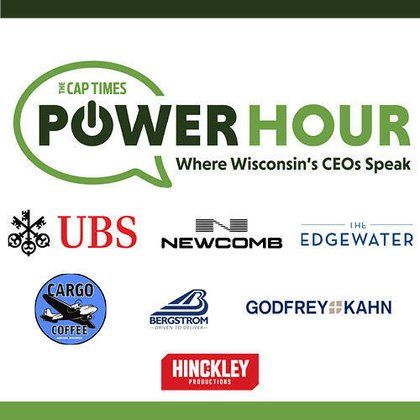By Tom Still
MADISON, Wis. – We need no further reminders of divisions in society today, which range from how members of the public reacted to a former president’s third criminal indictment to sharp disagreements on abortion, gun control, crime, immigration and the size of government.
Those divisions even extend to the Wisconsin Supreme Court, where the four-justice majority recently decided to sack the director of the state court system because of the color of his political beliefs: Red.
Let’s look back 20 years at a Wisconsin-born exercise, born at a time when people seemed more open to collaboration, for what can happen when ideas are raised, debated and put into action. That exercise was the Wisconsin Economic Summits.
Organized mainly through the UW System and the Board of Regents, led at the time by business executive Jay Smith, the summits took place between 2000 and 2003. Although latter summits were not as productive as the first two, they collectively delivered themes that continue to bear fruit today.
- The summits stressed the need to overcome city-to-city or county-to-county rivalries and engage in regional cooperation, something that is happening in Wisconsin through regional economic development groups such as New North, Momentum West, MadREP and six other regional groups that now cover all of Wisconsin’s 72 counties. There are still parochial rivalries today, but they’re based on competition versus antagonism.
- The summits underscored the importance of Wisconsin’s ties to two robust metropolitan areas to the south and west – Chicago and the Twin Cities of Minnesota. Some regional cooperation has since emerged along what is now called the “I-Q Corridor,” with the “I” standing for interstate, innovation, intellectual property and investment, and the “Q” suggesting quality of life, workforce, education and more. The Wisconsin Technology Council originated that brand and still highlights it.
- The summits emphasized the need for industry “clusters” to form and work together. That is happening to varying degrees in some important emerging sectors, such as biotechnology, freshwater technology, medical devices, energy storage, advanced and additive manufacturing, information technology, financial and insurance technology. It was less successful in paper and printing sectors. It’s one reason the National Science Foundation picked two such sectors in Wisconsin – water and energy resiliency and sustainable agriculture – for planning grants earlier this year.
- The summits also urged the speedier development of a knowledge-based, tech-based economy, which is redefining industries new and old in Wisconsin. In the year following the 2003 summit, the Tech Council issued its “Vision 2020” report as a roadmap for tech-based development. Organizations such as the Wisconsin Center for Manufacturing and Productivity has pushed advanced and additive manufacturing. Wisconsin Manufacturers & Commerce produces the “Future Wisconsin Summit.”
- The need for more angel and venture capital in Wisconsin was laid out as an impediment to building and attracting young, tech-based companies. There has been measurable success – although Wisconsin still lags many of its Midwest neighbors. In the early 2000s, angel and venture investment in Wisconsin averaged less than $10 million per year. Totals were $869 million and $640 million, respectively, in each of the last two calendar years.
The 2000-2003 summits were not spontaneous gatherings with hastily crafted agendas, but carefully organized events buttressed by “white papers” on scores of topics authors and organizers believed to be important to the state’s future. While many of those papers were written by university faculty, others were written by private-sector leaders, independent economists, and policy experts.
Could there be a repeat of the Wisconsin Economic Summits to tackle some of today’s economic issues in Wisconsin? It’s hard to imagine … but tempting to do so. Here are three potential areas:
- Workforce strategies and the role of education, from K-12 on up. For that to happen, business and education leaders alike would need to check their biases at the door.
- Agriculture and agri-business remain a cornerstone of the state economy, but consolidation and changing consumer habits have taken a toll on family farms and rural communities. How can the state promote “rural resiliency” at a time when there is more clustering of people, talent and businesses in larger cities?
- Smarter state and local tax policies can help attract and retain people and businesses. Can there be bipartisan agreement on how to levy such taxes and still support necessary public services?
Today’s fractures are deep but not fatal if people relearn how to talk among themselves. It happened once 20 years ago; it could again.
Still is president of the Wisconsin Technology Council. He can be reached at tstill@wisconsintechnologycouncil.com





